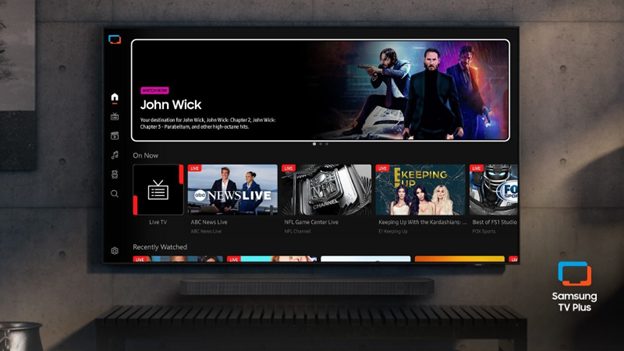IAB: 2022 U.S. Digital Video Ad Spend to Hit $55.2B in 2023
Digital video advertising is growing twice as fast as the overall digital media ad spend

NEW YORK—Digital video advertising continues to race ahead of other media, with a new report from the IAB showing that the digital video advertising spend increased 21% in 2022 to $47.1 billion and is projected to rise an additional 17% to $55.2 billion in 2023.
The data is from IAB’s “2022 Video Ad Spend & 2023 Outlook: Defining the Next Generation” report, which found that while there has been real progress in how the TV/video advertising marketplace is transacted, measured, and defined, a number of key issues still lack consensus.
One key takeaway from the report is that premium content is being redefined. Nearly two-thirds (64%) of TV/video buyers agree that creator-driven video can be considered premium. The largest-spending buyers are even more likely to agree (69%). What’s more, two-in-three buyers (66%) use the same measurement approaches for creator economy video as they do for “Hollywood”-produced video.
“Beauty has always been in the eye of the beholder,” said Eric John, vice president, Media Center, IAB. “That truism is playing out now in the world of video advertising as we see marketers and brands focusing and optimizing their spend not only in the traditional world of premium content, but also in the diverse, multiplatform world of creator content.”
The report also found that buyers want a multi-currency video marketplace by 2025. An overwhelming majority (81%) of TV/video buyers say they want two or more unified currencies for impression measurement, and among those, 92% estimate that it will happen in the next two years. Yet the lack of buyer consensus on how to define currency threatens progress. Slightly more than half (52%) want viewable impressions defined by cumulative view-time, while 48% want continuous view-time. The lack of consensus extends to the number of seconds, with 32% wanting three minimum seconds for viewability, 24% wanting five seconds, and 19% wanting four seconds, the researchers noted.
“As urgently as buyers want a multi-currency future, there’s no question that changing a market as large as video takes time; however, the clock is ticking,” said David Cohen, CEO, IAB. “To make significant progress, buyers need to come together and align on what they need, and sellers across the diverse video ecosystem need to be part of the conversation. We are optimistic about the conversations currently taking place and will continue to advocate for universal standards, transparency, interoperability, and collaboration across the industry.”
Another highlight is that CTV and social video are must-buys. With TV/video buyers prioritizing media channels where audiences are addressable, connected TV (CTV) continues to be one of the fastest growing channels in terms of digital video ad spend — up 22% in 2022, and 37% faster than short-form video from web and app-based publishers. Buyers say CTV is a must-buy (65%), as is social video (64%).
The professional video industry's #1 source for news, trends and product and tech information. Sign up below.
In addition, the researchers report that TV/video buyers are increasingly focusing on attention metrics, with more than nine-in-ten (93%) using at least one method to gauge consumer attention. Half (51%) of buyers are applying biometric attention metrics to their campaigns. The biometric attention metric most utilized is eye-tracking — being used by one-third (34%) of buyers — but other metrics, including thermal scanning, pulse, heart rate, and beyond, are being leveraged.
“Buyers want to know if the audience is paying attention, and they’re making buying decisions accordingly,” added John. “
Buyers want engaged audiences watching video content of all stripes, including premium and creator-driven video. They want currencies they can trust. That’s where the industry is going — the question now is how fast we will get there.”
The full report is available here.
George Winslow is the senior content producer for TV Tech. He has written about the television, media and technology industries for nearly 30 years for such publications as Broadcasting & Cable, Multichannel News and TV Tech. Over the years, he has edited a number of magazines, including Multichannel News International and World Screen, and moderated panels at such major industry events as NAB and MIP TV. He has published two books and dozens of encyclopedia articles on such subjects as the media, New York City history and economics.

